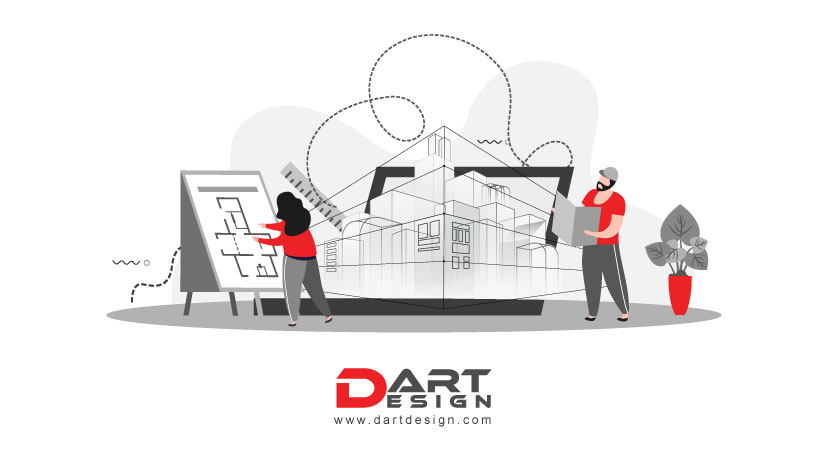HOW STORE LAYOUT IMPACT RETAIL SHOPPABILITY

It doesn’t matter how beautiful a room looks if it doesn’t meet its very criteria of functionality. A masterly carved wooden table is good, as long as it does not wobble. When the functionality is compromised; the aesthetics start to lose meaning. Similarly, the desired effect or consequence of the space layout must take precedence over the aesthetic. Only after the functionality is seamless, will the aesthetic take effect.
Similarly, when it comes to a retail store, certainly, the inventory, the location, the marketing plan, and staff expertise are critical to the success of your retail store. While these factors influence the store’s success. The layout of the store is often overlooked and forgotten until its absence starts to impact the store sales.
But think this way: your store won’t be of much value to customers if it doesn’t have an inviting environment or, worse still if it is full of puzzles or an uninviting vibe that you are utilizing unknowingly, pushing customers away. Thus, the effectiveness of the store cumulate.
It is imperative that the retail industry understands the behaviour and factors that influence its customers’ purchasing decisions. Because the overall environment impacts whether a customer would buy something, while the attributes of a store, such as colour, lighting, sales personnel, music, etc., adds to the overall ambiance and impression that consumers have when they choose a store.
Research suggests that such characteristics have an impact on the store’s environment and outlook. And, as a result, brands recognize the value of such and strive to create an environment with appropriate colours, music, and other elements, that will attract their target audience.
But because of the surge of sameness in products and services across platforms, purchase decision-making has become complex hence even a small edge can make all the difference and one of those components is retail store layout planning which is complex but ultimately focuses on increasing sales.
A range of elements influences layout planning, including customer arrival patterns, building architecture, customer service, and many others. These factors will affect the feel of the space and build a perception in the mind of the visitors. Because ultimately people either buy emotion, convenience, or status. And all of those can be projected as hospitality, affordability, and style by the store layout through deliberate consideration.
Today’s retail environment places a heavy emphasis on creating a superior customer experience. And that experience begins even before the customer enters the store. It would include browsing the website, purchase, consumption, and after-sales care.
Furthermore, with the world becoming increasingly interconnected, each customer becomes a node of connection between the brand and the broader market. But the individual connection is established through retail experience which is spearheaded by the store layout. And, like a feedback loop, the customer flow and reactions will directly affect the retail store layout planning and consequently, customer experience and the brand.
How much to place and when to place the merchandise depends upon the experience the brands want their customers to have. Like luxury brands placing fewer products to create a sense of uniqueness that increases their sales.
Building on the customer flow. If the retailer makes it easy to locate and choose these destination items, then shoppers will have more time to browse for complimentary products or new products that would lead to impulse buying. It can boost the size and profitability of the brand and, it will not only create a loyal picture in the mind of customers but also enhance customer satisfaction and experience.
One way to make shopping more convenient is to simplify navigation. Location with ample parking near the store’s entrance and aisles should be are wide enough to accommodate customers, packages, shopping carts, baby strollers, and wheelchairs.
Retail shopability is difficult to measure and manage for most merchants and suppliers because of the lack of facilities available. But they typically assess the performance of their store through direct profits, ROI, sales per square foot, and so on. If there are not in line with the expectations businesses often go for retail audits.
These metrics may be helpful to smooth out operations and boost productivity, but they fail to provide insight into the customer experience. These analytics rely on sales that have already been made. This data can show what needs improving but can’t tell about the areas not yet tapped.
One reason that the store is failing to make enough sales can be not having appropriate products which often happens because of poor market research and not understanding what customers are looking for.
It all comes down to the customer needs and the effectiveness by which the retail store fulfills those needs. While a great layout can increase sales, not having a clear understanding of what the customers are really demanding can leave even a powerful layout in place, useless.


